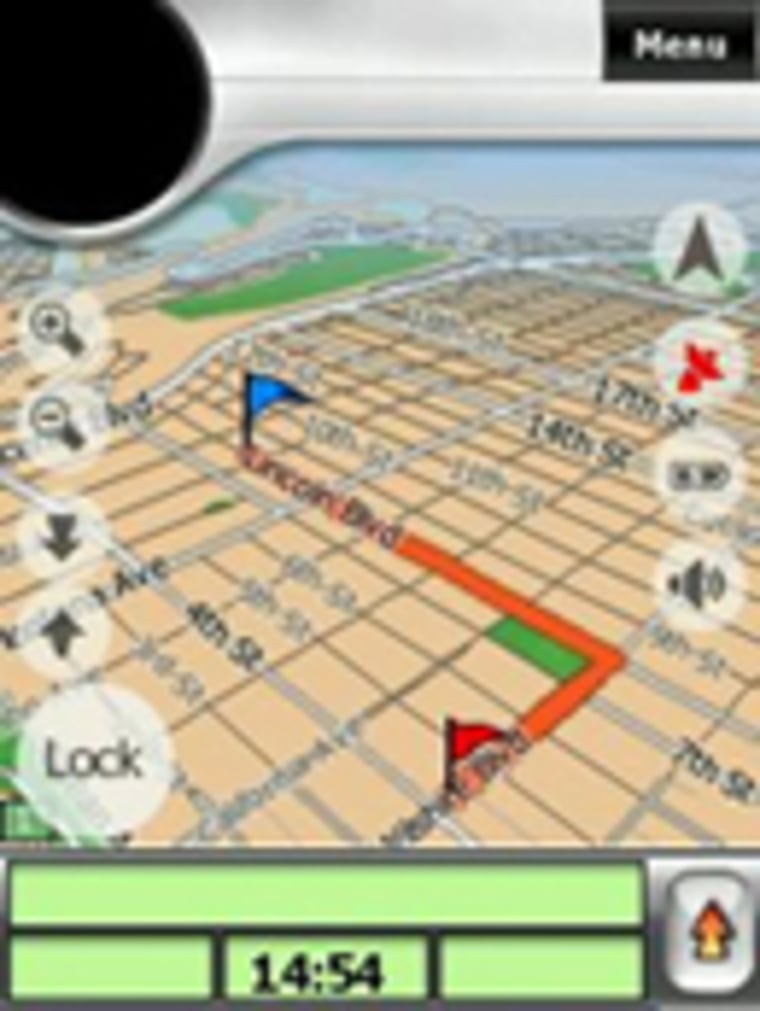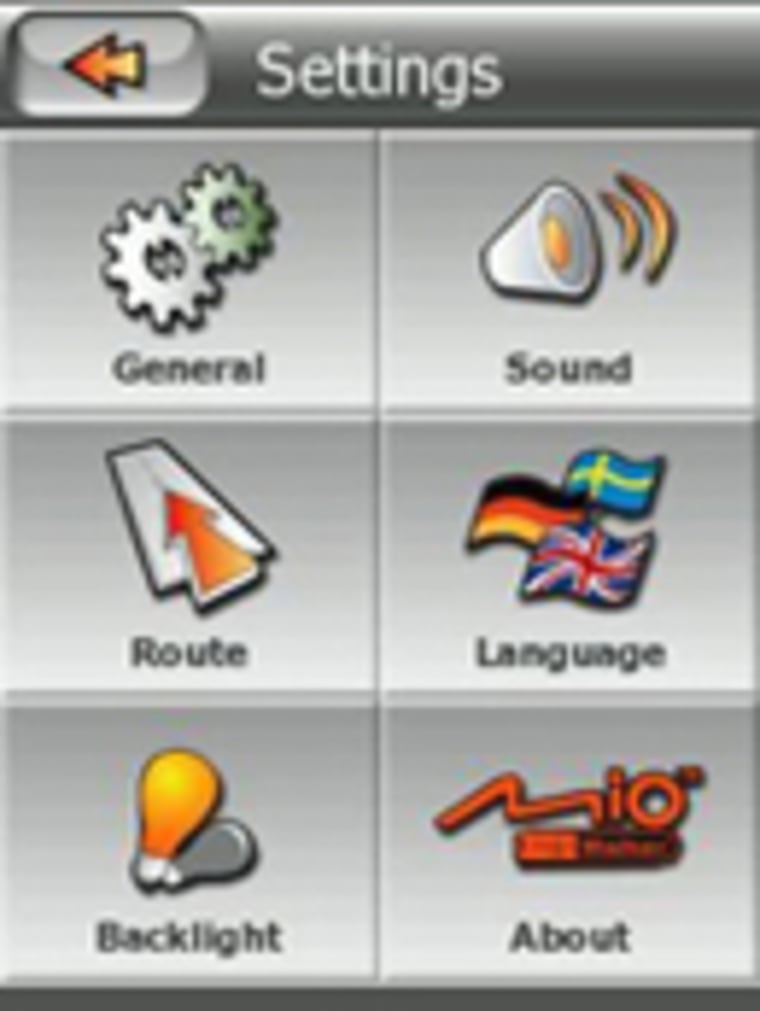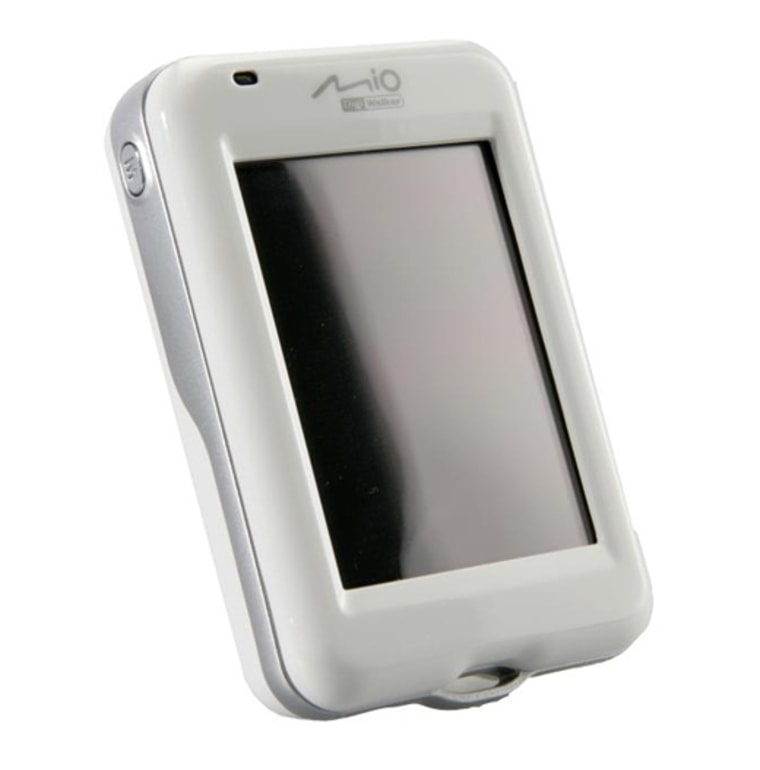I usually know where I’m going. If not, I make sure to visit one of those popular online mapping Web sites and print out many pages of directions.
There are, of course, other methods. One way is to ask for directions at gas stations along the route. Basically, you’re on your own. And then there’s GPS — the worldwide Global Position System. The satellite-based directions technology is accurate to within a hop, skip, and a jump from anywhere on the planet.
Over the years I’ve found GPS devices usually fit into one of two categories: car or portable. The devices made for cars get mounted on or near the windshield and work pretty well. However, portable, handheld devices, like a number of Sprint/Nextel phones, provide minimal maps and are equally light on instructions.
The new Mio H610, from Mio Technology, is a pint-sized, very portable “personal navigation and digital entertainment device." Let me try to explain what they mean.
Measuring 2.32 inches by 3.35 inches and weighing in at just under 4 ounces, the Mio is tiny. It runs on Microsoft’s Windows CE operating system. (MSNBC is a Microsoft — NBC joint venture.) It sports a very good quality 2.7-inch color touch screen capable of reproducing 65K colors (I didn’t count). The rechargeable, lithium-ion battery is said to last up to five hours.
There’s 64MB of operating memory and some 2GB of memory for maps and other files. Figure of that 2GB that 1.5 GB is for your North America maps (all 50 states and Canada). The rest of the memory — 512KB or so — can be used for any combination of music files (100 songs or so), videos, photos and your contacts. There’s a SD/MMC card slot to add extra memory. Mio also comes with a few built-in games.

Included in the box is a short carrying strap with a pod-shaped pointing device, a longer neck lanyard, headphones with an in-line volume control, a USB charging cord, an automobile mount and a USB car charger.
The Mio that you purchase in North America will be programmed with North America maps. European models will have Europe maps. You get the idea. Mio promises that in the near future you’ll be able to download maps for other regions for when you travel for a fee.
The H610’s GPS capabilities are based on the 20-channel SiRFstarIII system used in many portable location devices. There are settings for traveling by foot, or car, taxi, bus, truck, bicycle, and there’s even an emergency mode. When you’re walking you don’t care about all the same restrictions as when you’re driving — like one-way streets, etc.
You can set the device to find the shortest, fastest or most economical route. You can tell Mio whether you’re driving during the day or at night (the screen changes colors depending on the hour).
Mio can give instructions in 16 languages using both male and female voices (I love the proper British gentleman’s accent). It can measure distance in miles/yards/feet or kilometers/meters. Mio’s maps provide you with points of interest along the route. In short, this tiny device is quite smart.

Using Mio was easy. I put in the starting address (zip code first) and my destination coordinates and was ready to roll. I’ve used Mio in my car and each time it found our way without a problem. I also tried it while walking around my neighborhood and again, everything worked exactly as it should.
I know from experience not to bother testing Mio in lower Manhattan — an area where the narrow streets and tall office buildings have always been a problem when trying to use a GPS because the device can’t “see” the proper satellites.
Mio’s voice was loud enough for me to hear as I was walking in the street — although I did get a few stares from my neighbors who wondered where that British gentleman was hiding. As a music player, Mio sounded just OK with the standard headphones.
While Mio tries to do a lot of things, the H610’s suggested retail price is $499.99. I know GPS devices can be costly, but I think this one is priced a little too high. Maybe $100-$150 too high. Hopefully, new competition among manufacturers of small, portable GPS units will drive down costs.
